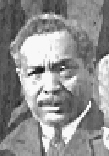
Austin Lane Crothers, was an American politician and a member of the United States Democratic Party, was the 46th Governor of Maryland in the United States from 1908 to 1912.

Harry Roe Hughes was an American politician from the Democratic Party who served as the 57th Governor of Maryland from 1979 to 1987.

William Preston Lane Jr. was an American attorney and politician who served as the 52nd Governor of Maryland from 1947 to 1951.
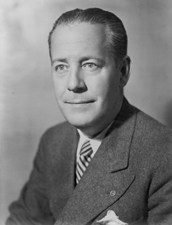
Herbert Romulus O'Conor was an American lawyer serving as the 51st Governor of Maryland from 1939 to 1947. He also served in the United States Senate, representing Maryland from 1947 to 1953. He was a Democrat.
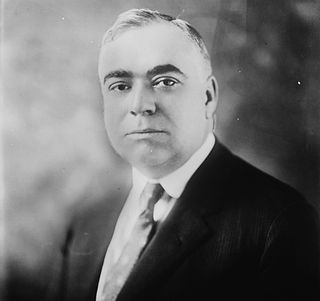
Harry Whinna Nice was an American politician and a member of the Republican Party who served as the 50th Governor of Maryland from 1935 to 1939.

Albert Cabell Ritchie was an American lawyer and politician. A Democrat, he was the 49th governor of Maryland from 1920 to 1935. Ritchie was a conservative who campaigned for, but did not win, the presidential nomination in both 1924 and 1932. As of 2020, Ritchie is the state's longest-serving governor, with almost 15 years of service and a record four terms. Ritchie has the eighth-longest gubernatorial tenure in post-Constitutional U.S. history at 5,474 days.
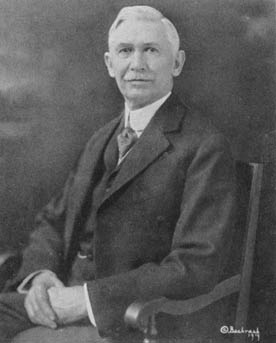
Emerson Columbus Harrington was an American politician serving as the 48th Governor of Maryland from 1916 to 1920. He also served as Comptroller of the Maryland Treasury from 1912 to 1916.

John Walter Smith, was an American politician and a member of the Democratic Party in the United States, held several public offices representing the state of Maryland. From 1899 to 1900, he was a U.S. congressman for the 1st district of Maryland; from 1900 to 1904, he was the 44th Governor of Maryland; and from 1908 to 1921, he served in the U.S. Senate, first as the junior senator for Maryland, and from November 1912 as the senior senator.

James Steward Davis was an American lawyer and political activist in Baltimore, Maryland. During the 1920s, Davis worked as a highly respected trial lawyer as well as a campaign organizer for W. Ashbie Hawkins, Al Smith, Herbert O'Conor and the Democratic Party in Maryland. In 1929, Davis disappeared under suspicious circumstances.
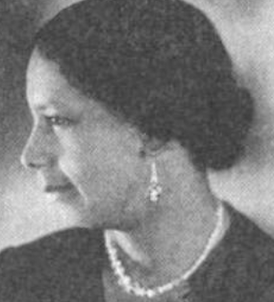
Lillie May Carroll Jackson, pioneer civil rights activist, organizer of the Baltimore branch of the NAACP. Invariably known as "Dr. Lillie", "Ma Jackson", and the "mother of the civil rights movement", Lillie May Carroll Jackson pioneered the tactic of non-violent resistance to racial segregation used by Martin Luther King Jr. and others during the early civil rights movement.
The Maryland Public Service Commission (PSC) is an independent administrative agency within the state government which regulates public utilities and certain taxi cab and other passenger services in Maryland. Similar to other state public utilities commissions, the Maryland PSC regulates and sets tariff rates for natural gas, electricity distribution, local telephone, water, and sewage disposal companies. The PSC also sets the tariff rates for pilot services for vessels and privately owned toll bridges, approves the construction of electric generating plants and overhead transmission lines with a voltage above 69 kV, and licenses retail natural gas and electricity suppliers. The PSC offices are located in Baltimore in the William Donald Schaefer Building.

The 1892 Maryland Aggies football team represented the Maryland Agricultural College in the 1892 college football season. It was the first football team to officially represent the school. Maryland played three games, all of which it lost, and failed to score any points. Halfback Pearse "Shorty" Prough gained the only positive yardage for the team against Episcopal High School. He netted 35 yards from scrimmage after first running 30 yards in the wrong direction. It remained the only winless Maryland team until matched by the 1967 squad coached by Bob Ward.

William Steuart was a stone mason in colonial Maryland, and Mayor of Baltimore from 1831 to 1832. He was a lieutenant colonel in the United States Army during the War of 1812, and saw service during the Battle of Baltimore, where he commanded the 38th United States Infantry foot regiment.
George W. F. McMechen was a prominent African-American lawyer in Baltimore, Maryland. Along with his brother-in-law William Ashbie Hawkins he was a leading advocate for African-American civil rights.
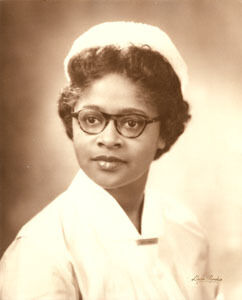
Esther McCready was a nurse and teacher who desegregated the University of Maryland School of Nursing in 1950. The case was filed in 1949 in Baltimore City Court by National Association for the Advancement of Colored People lawyers Charles Hamilton Houston and Donald Gaines Murray. After the court sided with the university, the case went to the Maryland Court of Appeals, where it was argued by Houston, Murray, and Thurgood Marshall. The lower court's ruling was overturned by the Maryland Court of Appeals, and McCready began classes on September 5, 1950. She is in the Maryland Women's Hall of Fame.
Gertrude Louise Poe was an American journalist, lawyer, real estate agent, insurance agent, and radio broadcaster who served as the editor of Laurel Leader in Laurel, Maryland from 1939 to 1980. She was known as "Maryland's First Lady of Journalism."

Harvey Johnson was a leading African American pastor, activist, and longtime leader of the Union Baptist Church during the 19th century and early 20th century.
The Baltimore, Chesapeake and Atlantic railroad, nicknamed Black Cinders & Ashes, ran from Claiborne, Maryland, to Ocean City, Maryland. It operated 87 miles (140.0 km) of center-line track and 15.6 miles (25.11 km) of sidings. Chartered in 1886, the railroad started construction in 1889 and cost $2.356 million ($2024=79,895,000).
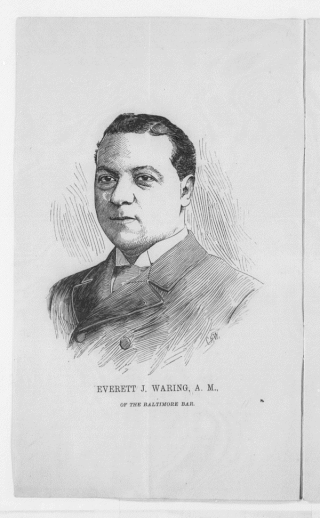
Everett J. Waring was the first African-American person admitted to the Maryland State Bar Association in 1885 and the Supreme Court Bench of Baltimore on October 10, 1885. He practiced before the Supreme Court of the United States and the Maryland State Appellate Court. He represented individuals involved in the Navassa Island riot of 1889, which occurred after African American men were lured to the island to gather guano to be used as fertilizer. The men were subject to inhumane treatment, low pay, and high cost of goods. He lost the Jones v. United States jurisdiction case and the men were found guilty.

William Shepard Bryan, Jr. was an American attorney and political figure, recognized for his service in various legal capacities within the city of Baltimore and the state of Maryland. His career included terms as Baltimore City Attorney, City Solicitor, and the Attorney General of Maryland.
